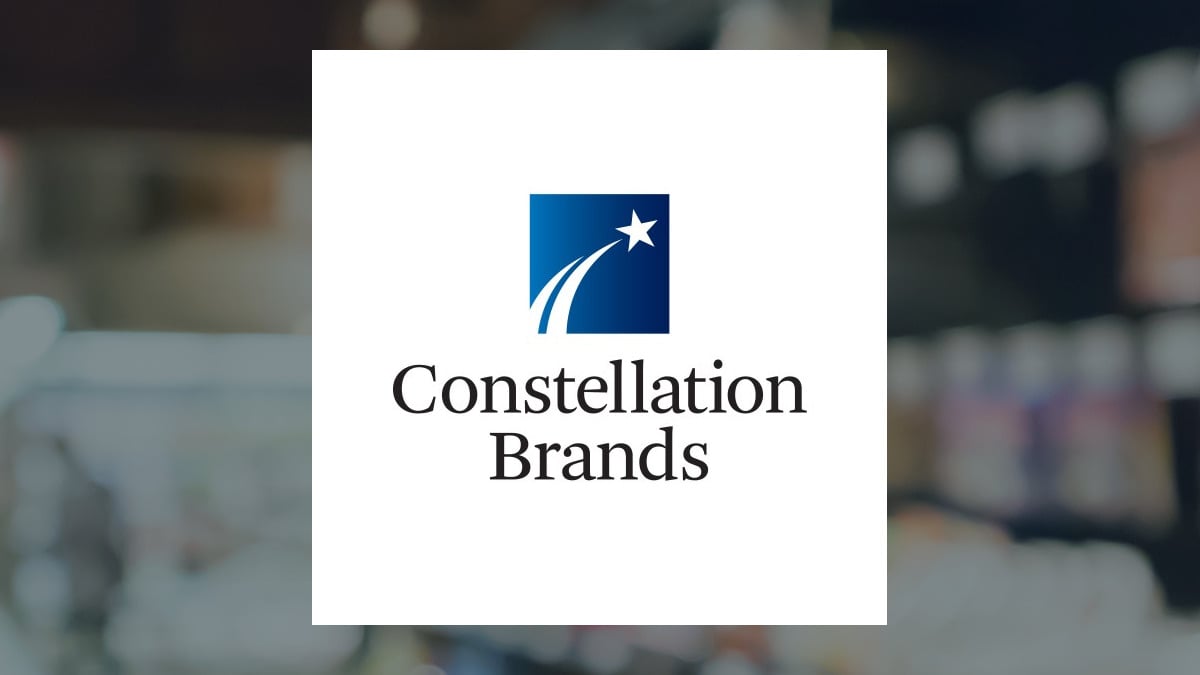 STZ is navigating challenges like inflation and changing consumer behavior while focusing on growth strategies. They monitor costs and plan to pass on price increases to consumers if needed. In addition, they are adapting to market trends like climate change regulations and cybersecurity risks. With a focus on sustainability and corporate governance, the company aims to deliver strong financial performance and shareholder returns. Their recent decision to convert Canopy common stock ownership into Exchangeable Shares reflects a commitment to long-term growth and competitiveness.
STZ is navigating challenges like inflation and changing consumer behavior while focusing on growth strategies. They monitor costs and plan to pass on price increases to consumers if needed. In addition, they are adapting to market trends like climate change regulations and cybersecurity risks. With a focus on sustainability and corporate governance, the company aims to deliver strong financial performance and shareholder returns. Their recent decision to convert Canopy common stock ownership into Exchangeable Shares reflects a commitment to long-term growth and competitiveness.
Executive Summary
Financials
Revenue growth has been impacted by inflation, changing prices, and consumer behavior, with a potential material impact expected in Fiscal 2025. Strategies include selling price increases, cost savings initiatives, and monitoring of inflation and consumer impact. Operating expenses have decreased over time due to restructuring and strategic business development costs. There are significant changes in cost structures, as seen in the fluctuations between fiscal years and the dollar and percentage changes observed. The company’s net income margin declined in Fiscal 2024 compared to Fiscal 2023. It is (71.0) million USD. The comparison to industry peers is not provided in the context information.
Management Discussion and Analysis
Management has focused on consumer-led decision-making, talent development, infrastructure investment, and fiscal management. Initiatives include portfolio positioning in higher-margin categories, organic growth, targeted investments, and DTC/eCommerce expansion. Success has been seen in maintaining leadership in beer, growing high-end brands, and improving margins in wine and spirits. Management assesses the company’s competitive position by monitoring global supply chain disruptions, transportation challenges, cybersecurity risks, economic uncertainties in international operations, and potential asset sales. They highlight market trends like climate change regulations, natural disasters, and consumer behavior shifts. Management has identified cybersecurity risks as a major challenge. Mitigation strategies include an enterprise-wide program, regular risk assessments, employee training, cyber insurance, alignment with industry frameworks, internal and external testing, tabletop exercises, and ongoing monitoring and improvement.
Key Performance Indicators (KPIs)
Risk Assessment
Climate change, water scarcity, supply chain disruptions, and evolving ESG regulations pose significant risks to the company’s operations and financial performance. These external factors could increase production costs, impact product quality, and require costly regulatory compliance measures. STZ assesses and manages cybersecurity risks through an enterprise-wide program focusing on prevention, detection, response, and continuous improvement. They align with industry frameworks, conduct regular risk assessments, internal/external testing, employee training, and have dedicated committees for strategic recommendations and crisis management. STZ faces legal and regulatory challenges that may affect its financial position and reputation. Management believes they have adequate defenses, but the outcomes are uncertain. Moreover, insurance recoveries from business interruptions are recorded, mitigating potential losses.
Corporate Governance and Sustainability
The board of directors consists of members overseeing various committees. No notable changes in leadership or independence are mentioned. STZ addresses diversity and inclusion by fostering a diverse workforce through BRGs, promoting equitable work culture, and enhancing social equity. Board diversity commitment is not explicitly mentioned in the provided information. STZ discloses ESG targets on water restoration, GHG emissions, social equity, waste reduction, and circular packaging. They invest in meeting environmental regulations, engaging with the value chain, and may incur unforeseen costs related to environmental compliance, demonstrating commitment to responsible business practices.
Forward Guidance
The company’s forward-looking guidance aims to achieve industry-leading total stockholder returns by focusing on building strong brands, consumer-centric culture, disciplined capital deployment, and impactful ESG initiatives outlined in the annual report. STZ is factoring in inflation, changing consumer behaviors, and global economic conditions into its guidance. It plans to monitor inflation, pass on rising costs, and implement cost-saving initiatives to mitigate the impact on operations and finances. Yes, the company’s conversion of Canopy common stock ownership into Exchangeable Shares demonstrates their commitment to long-term growth and competitiveness through strategic financial decisions.
For more information:
This article was created using artificial intelligence technology from Klickanalytics.
